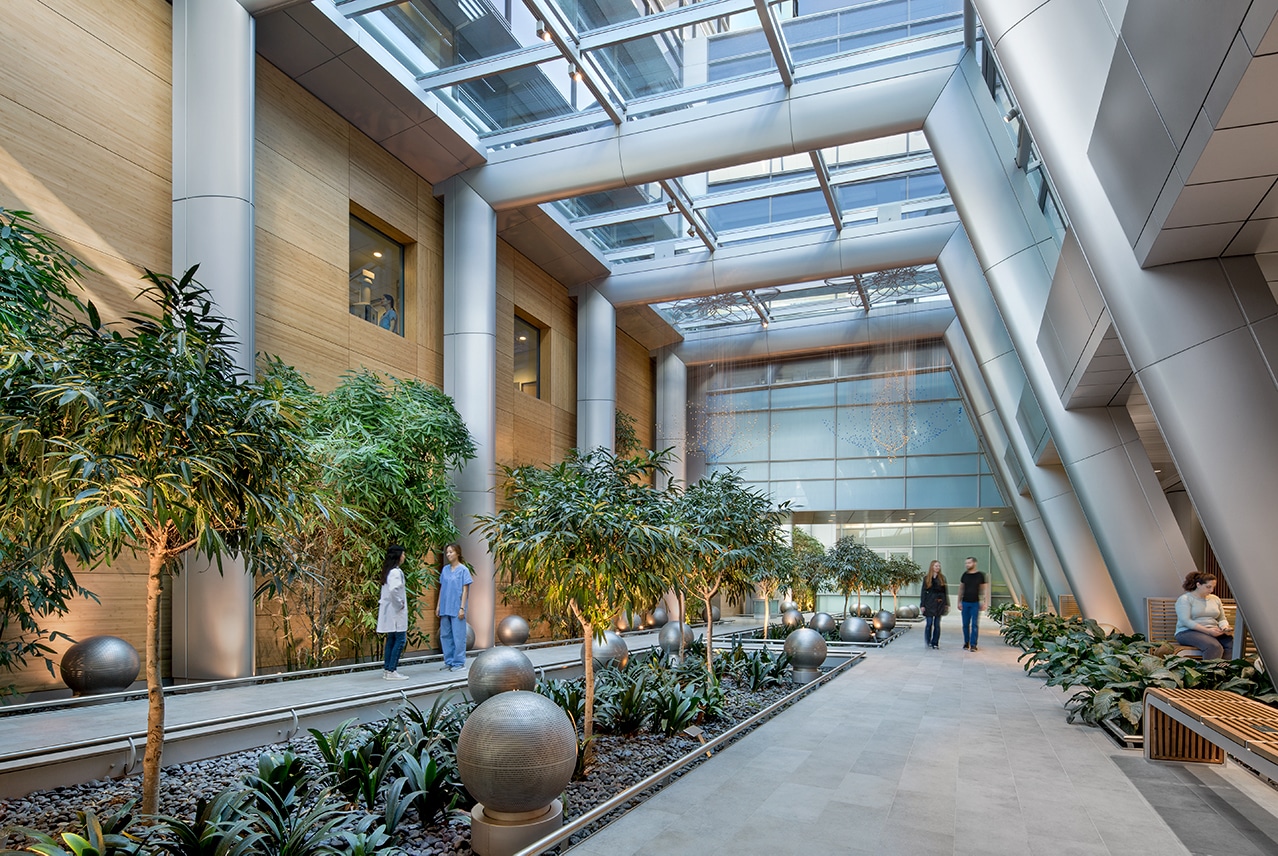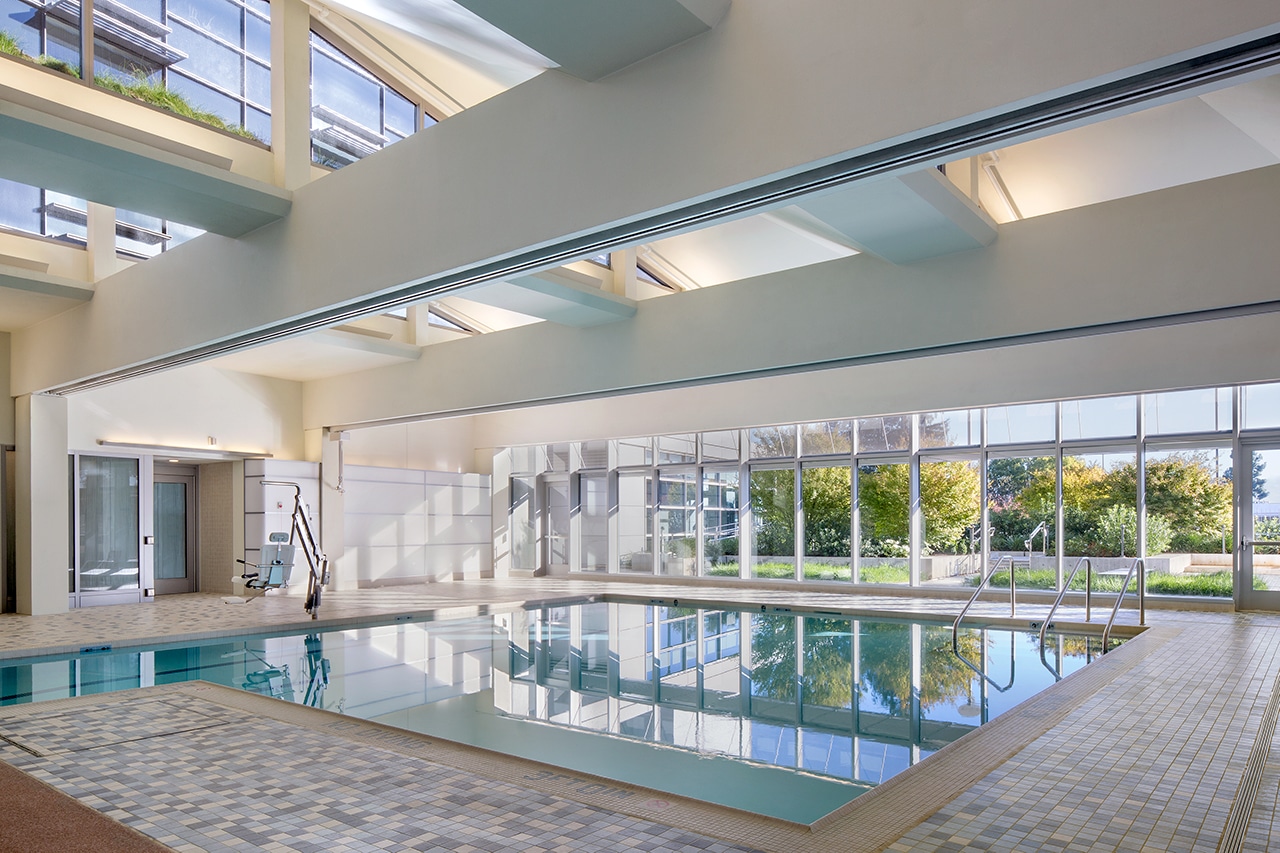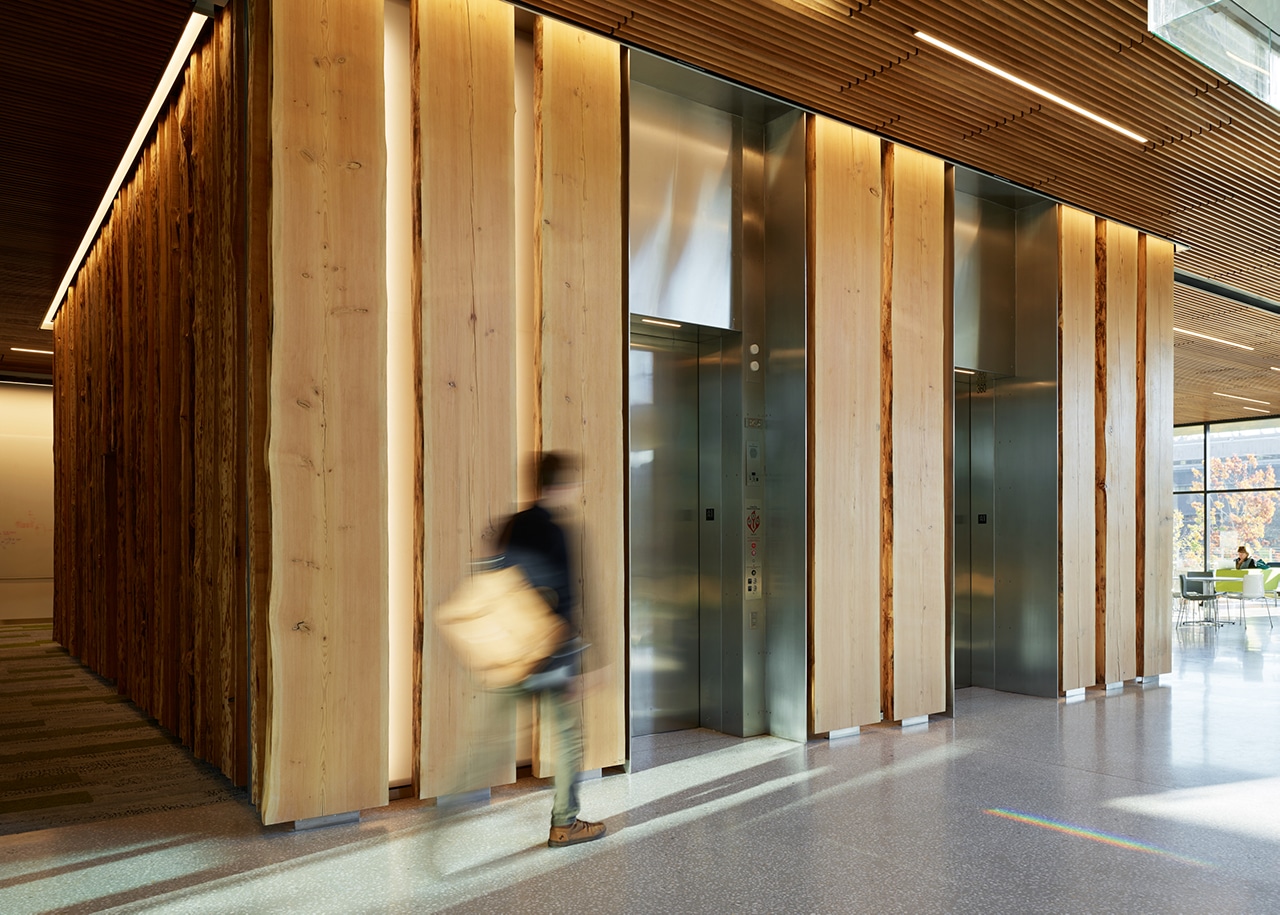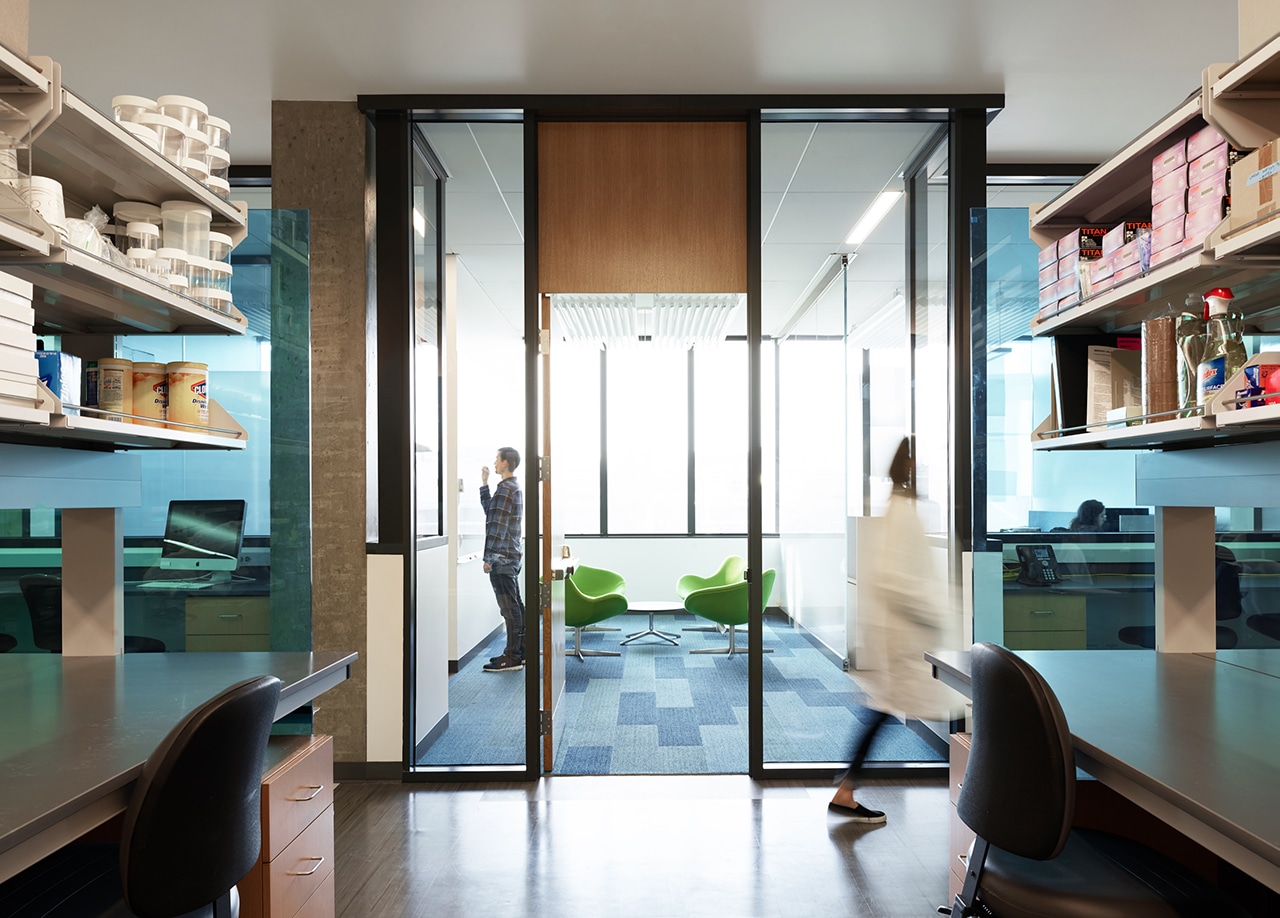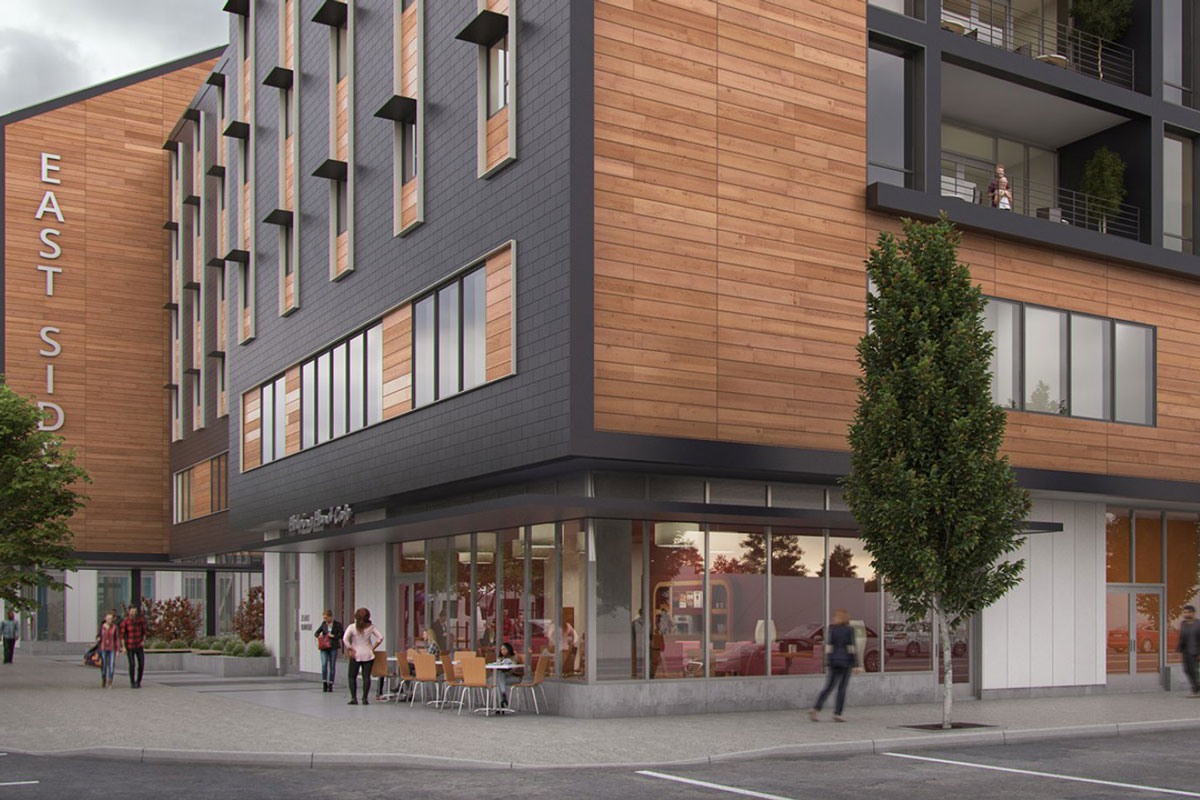
Blackburn Building’s novel health care design. Rendering courtesy of Ankrom Moisan Architecture
The six-story development is set to combine affordable housing (temporary and long-term), therapy spaces, public gathering areas, fitness rooms, and medical exam rooms to serve Portland’s most vulnerable. The CCC operates roughly 20 properties, including a clinic in downtown Portland.
Ahead of the new Blackburn project, the nonprofit ran a heat-map study to determine where the people who access the downtown clinic actually stay. That research led the organization to situate the new facility in the Hazelwood neighborhood, so people who access the downtown facility will soon be able to continue their existing services—getting clean from drugs, continuing rehabilitation programs—much closer to where they are.
Levels one and two of the center, slated to open in July 2019, will be public, providing space for group therapy and recovery sessions like Alcoholics or Narcotics Anonymous. Lower levels will have space for yoga and acupuncture, plus exam rooms where people can check in and receive urgent care if necessary, according to Mariah Kiersey, project leader and a principal architect at Ankrom Moisan, which designed the center. The third floor will offer short-term respite care.
“That space is particularly useful for a patient who’s been discharged from the hospital but is still in need of a place to recuperate further,” Kiersey says.
Upper floors will include 10 palliative care rooms, 80 transitional single rooms (“where people can go to get off drugs or get on the drugs they need”) for longer-term residents, and studios designed for those who need a short-term stay at the facility.
On a more local level, the pavilion was funded by a ballot measure in which voters elected to maintain an existing one-eighth-cent sales tax, which also helps fund law enforcement, affordable housing, and other services in Santa Clara.
Despite a long process—from idea to funding to fruition the project took nearly 10 years—the pavilion gathered the support it needed and now can provide top-flight support to those in need.

